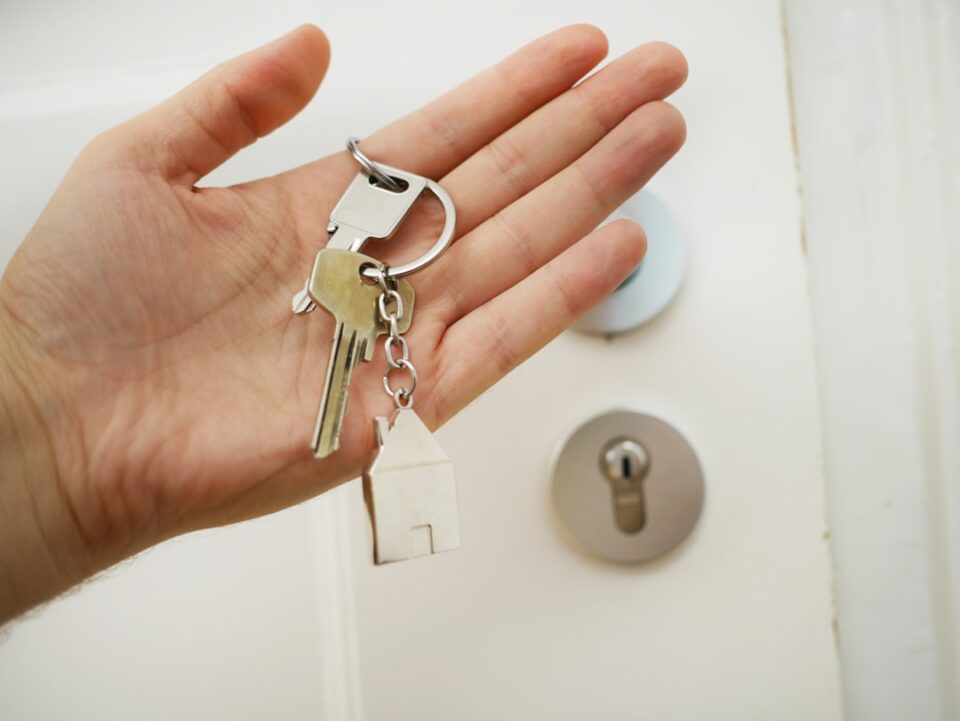As the world becomes more aware of the impact of human activities on the environment, the demand for eco-friendly homes is on the rise. Eco-friendly homes, also known as green homes, are designed to minimize their environmental footprint while maximizing energy efficiency and sustainability. From incorporating renewable energy sources to using recycled and non-toxic materials, these homes are paving the way for a more sustainable future.
One of the key features of eco-friendly homes is their use of renewable energy sources. Solar panels, wind turbines, and geothermal systems are just a few of the options homeowners can choose from to power their homes. By harnessing the power of the sun, wind, or earth, eco-friendly homes are able to generate their own energy, reducing their reliance on fossil fuels and lowering their carbon emissions. This not only helps to protect the environment, but it also reduces energy costs for homeowners in the long run.
In addition to using renewable energy sources, eco-friendly homes are also designed to be as energy-efficient as possible. This includes using energy-efficient appliances, installing energy-efficient windows and insulation, and incorporating passive solar design principles. By maximizing energy efficiency, eco-friendly homes are able to reduce their overall energy consumption, further lowering their environmental impact.
Another important aspect of eco-friendly homes is the use of sustainable and environmentally friendly materials. From bamboo flooring to recycled glass countertops, eco-friendly homes are built using materials that are both durable and sustainable. These materials not only help to reduce waste and conserve natural resources, but they also create healthier living environments for homeowners. By using non-toxic materials, eco-friendly homes are able to improve indoor air quality and minimize the impact of harmful chemicals on both people and the planet.
Furthermore, eco-friendly homes are often designed to be water-efficient as well. This includes installing low-flow fixtures, rainwater harvesting systems, and drought-resistant landscaping. By reducing water consumption, eco-friendly homes are able to conserve this precious resource and minimize their impact on local water supplies. This is particularly important in areas experiencing water shortages or drought conditions, where every drop of water saved can make a difference.
The rise of eco-friendly homes is also being driven by a growing awareness of the benefits of sustainable living. As more people become concerned about climate change, pollution, and resource depletion, the demand for eco-friendly housing options is increasing. Homeowners are realizing that by choosing to live in an eco-friendly home, they can not only reduce their environmental impact but also improve their quality of life. From lower energy bills to healthier indoor air quality, the benefits of eco-friendly homes are countless.
In addition to the environmental and health benefits, eco-friendly homes can also have a positive impact on property values. With more homebuyers seeking sustainable housing options, eco-friendly homes are becoming increasingly desirable in the real estate market. This can result in higher resale values and faster sales for homeowners who invest in eco-friendly upgrades.
Overall, the rise of eco-friendly homes is a positive trend that is helping to create a more sustainable future for our planet. By incorporating renewable energy sources, using sustainable materials, and maximizing energy efficiency, these homes are leading the way towards a greener and healthier world. As the demand for eco-friendly homes continues to grow, we can expect to see even more innovative and sustainable housing options become available to homeowners in the future.


